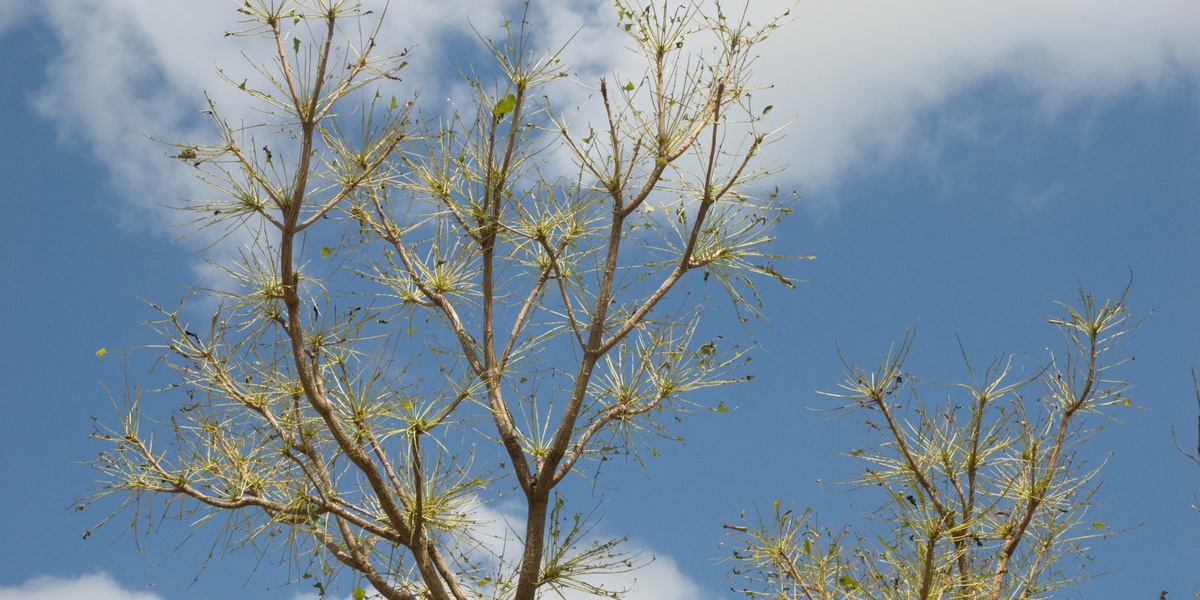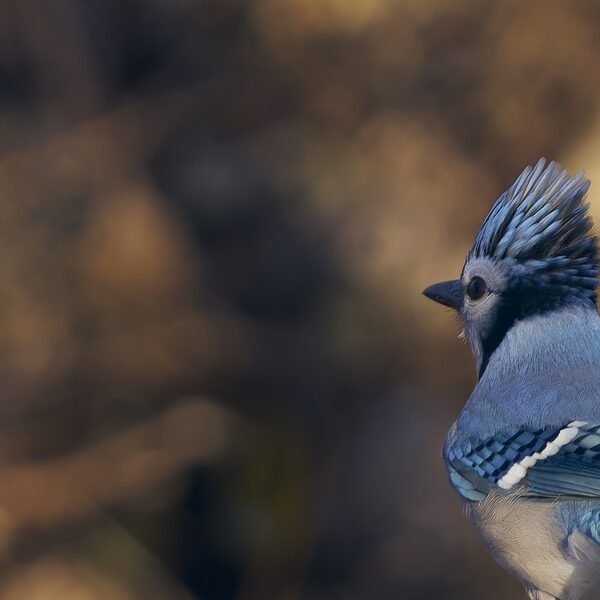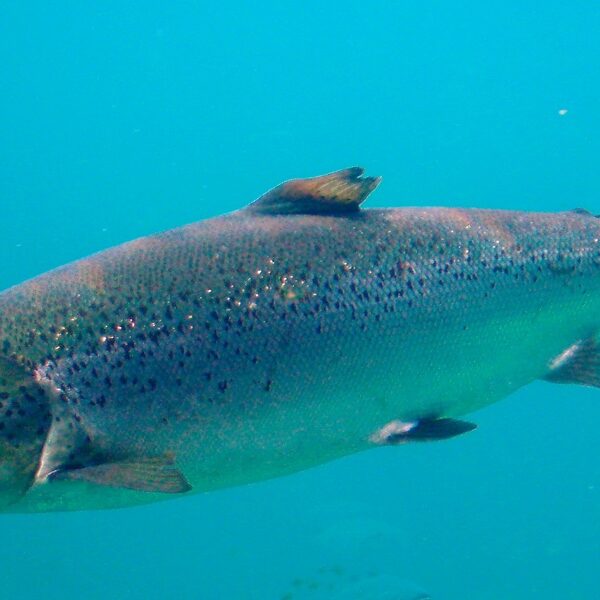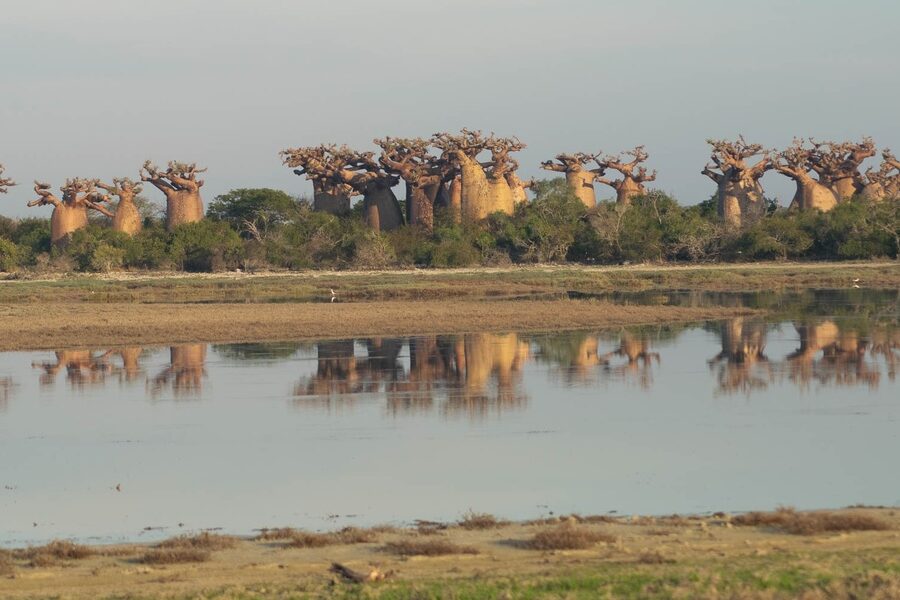Burkina Faso’s landscapes—from Sahelian plains to wooded savannas—support a variety of trees that are central to local food, medicine, and fuel needs. Understanding which species grow where helps with agroforestry, conservation and everyday livelihoods.
There are 27 Trees of Burkina Faso, ranging from African ebony (jackalberry) to Tamarind. For each species you’ll find below entries organized by Scientific name,Height (m),Distribution & uses (max 15 words) so you can quickly compare size and local importance; you’ll find below.
Which of these trees are most useful to local communities?
Many species provide multiple benefits: fruit or edible leaves, fodder, timber, and traditional medicines. Look for entries noting uses and distribution to identify which trees are common near villages or farms.
How can this list help with planting or restoration projects?
The table’s height and distribution notes help match species to site conditions and goals (shade, soil protection, food). Use local knowledge and the distribution column to pick trees suited to your region.
Trees of Burkina Faso
| Common name | Scientific name | Height (m) | Distribution & uses (max 15 words) |
|---|---|---|---|
| Shea | Vitellaria paradoxa | 7-15 | Widespread Sudanian; shea nuts, oil, food, income |
| African locust bean | Parkia biglobosa | 10-20 | Sudanian woodlands; fermented seeds food, shade, fodder |
| Baobab | Adansonia digitata | 5-25 | Sahelian and Sudanian; fruit, leaves, water storage, cultural uses |
| Faidherbia | Faidherbia albida | 15-20 | Widespread Sahel-Sudanian; fodder, soil-enhancing, shade |
| Desert date | Balanites aegyptiaca | 5-10 | Sahelian; oil, fruit, medicine, fencing |
| African mahogany | Khaya senegalensis | 10-25 | Guinean-Sudanian zones; high-value timber, shade |
| African grape | Lannea microcarpa | 6-12 | Sudanian woodlands; fruit, oil, timber, medicinal |
| Piliostigma (reticulatum) | Piliostigma reticulatum | 6-10 | Sahel–Sudanian; shade, fodder, traditional medicine |
| Piliostigma (thonningii) | Piliostigma thonningii | 6-10 | Sudanian; fodder, medicine, living fence |
| Combretum (glutinosum) | Combretum glutinosum | 6-10 | Sudanian-Sahel; charcoal, medicine, fodder |
| Kinkeliba | Combretum micranthum | 4-8 | Sahelian; tea, medicinal, shade |
| Gum arabic tree | Senegalia senegal | 6-10 | Sahelian; gum arabic, fodder, fuel |
| Babul (gum) | Vachellia nilotica | 8-15 | Riverine and savanna; tannin, fodder, fuel |
| African mesquite | Prosopis africana | 8-15 | Sahelian and Sudanian; timber, fodder, soil improvement |
| Sweet detar | Detarium microcarpum | 6-15 | Sudanian; edible fruit, fuel, medicinal |
| Anogeissus | Anogeissus leiocarpa | 10-20 | Sudano-Guinean gallery forests; timber, medicine |
| Afzelia | Afzelia africana | 12-25 | Sudanian woodlands; heavy timber, traditional use |
| African rosewood | Pterocarpus erinaceus | 8-15 | Sudanian; high-value timber, traditional medicine |
| Black plum | Vitex doniana | 6-12 | Sudanian; edible fruit, medicine, fuelwood |
| Marula | Sclerocarya birrea | 6-12 | Sudanian; fruit (marula), oil, fermented drinks |
| Tamarind | Tamarindus indica | 8-12 | Introduced but naturalized; fruit, shade, traditional medicine |
| Mango | Mangifera indica | 6-20 | Widespread cultivated and naturalized; fruit, shade, timber |
| Neem | Azadirachta indica | 8-20 | Naturalized in drylands; medicine, shade, pesticide (neem) |
| Jujube (Indian) | Ziziphus mauritiana | 4-10 | Naturalized; fruit, fencing, fodder |
| Christ’s thorn jujube | Ziziphus spina-christi | 6-12 | Sahelian; shade, fruit, traditional medicine |
| African ebony (jackalberry) | Diospyros mespiliformis | 8-15 | Sudanian; edible fruit, timber, medicine |
| Sterculia setigera | Sterculia setigera | 6-15 | Sahelian-Sudanian; fodder, gum, medicinal |
Images and Descriptions

Shea
Large, slow-growing savanna tree with rough bark and dense crown, famed for edible shea nuts yielding butter. Found in parklands and woodlands; vital to rural livelihoods. Threats include overharvesting and agricultural expansion; locally conserved through customary management.
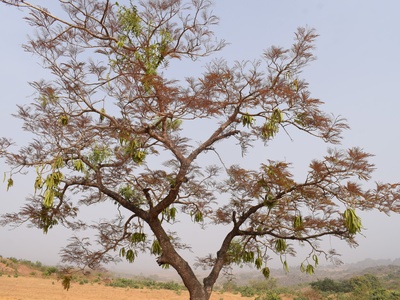
African locust bean
Medium to large deciduous tree with pinnate leaves and hanging pods containing nutritious seeds used for fermented condiments. Common in parklands and gallery forests, provides shade, fodder and timber. Intentionally protected by farmers for food and soil enrichment.

Baobab
Iconic massive-stemmed tree with broad trunk and sparse crown, bearing large edible fruit and nutritious leaves. Occurs in dry savannas and towns; stores water in trunk. Culturally important and drought-tolerant, but old trees face threats from woodcutting and land use change.
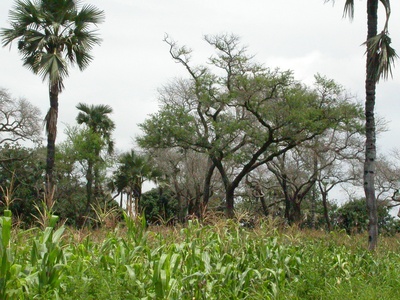
Faidherbia
Distinctive reverse-deciduous acacia with bipinnate leaves that leaf during the dry season, improving soil nitrogen and providing fodder. Found in fields, parklands and riverine zones. Valued by farmers for intercropping; threatened by land conversion in some areas.

Desert date
Spiny, drought-adapted small tree with pinnate leaves and olive-like fruit whose oil and kernels are used for food and traditional medicine. Common in arid and semi-arid zones, it provides live fencing and resilience to dryland farmers but is vulnerable to overuse.
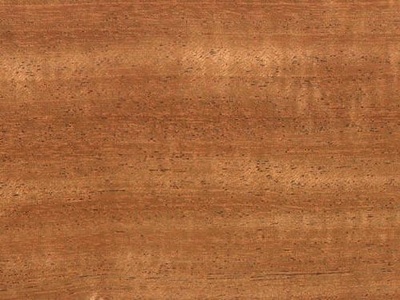
African mahogany
Large, fast-growing mahogany with pinnate leaves and reddish heartwood prized for furniture and construction. Found in moist gallery forests and wetter southern zones. Overharvest and habitat loss have reduced wild populations; conservation and regulated harvesting are important.

African grape
Medium deciduous tree with scaly bark and clusters of small drupes eaten fresh or processed for oil. Grows in woodlands and parklands; used for fuelwood, timber and traditional remedies. Locally significant for food security and local economies.

Piliostigma (reticulatum)
Small to medium tree with bipinnate leaves and flattened pods; common in savannas and degraded lands. Leaves and pods feed livestock and are used medicinally. Often retained in fields for shade and soil protection; tolerant of dry conditions.
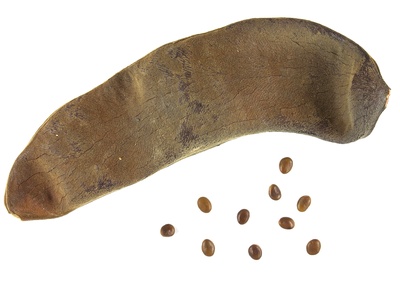
Piliostigma (thonningii)
Open-branched tree with pinnate leaves and long pods, often forming thickets. Valued for browse and traditional remedies; wood used as fuel. Common along riverbanks and in savanna patches; helps soil stabilization and provides local resources.

Combretum (glutinosum)
Rough-barked tree with opposite leaves and distinctive combretum-type fruits; common in dry woodlands. Used for charcoal, fencing and traditional medicine. Drought-tolerant and important for rural fuel supplies, but often overexploited near settlements.
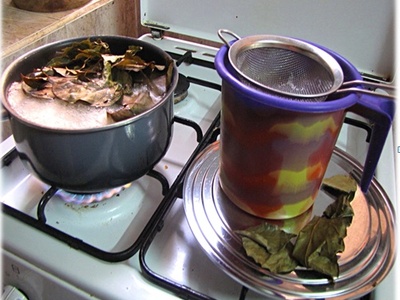
Kinkeliba
Small tree with many-branched habit and aromatic leaves brewed as kinkeliba tea for digestive and tonic uses. Occurs in savanna and lateritic soils; valued in traditional medicine and for shade around homes. Often coppiced for sustainable harvest.
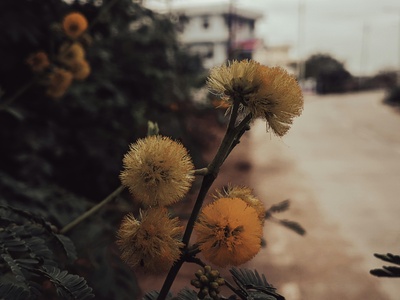
Gum arabic tree
Small thorny tree producing exudate tapped as gum arabic for export. Found in drier Sahelian zones and open woodlands; also provides fodder and fuel. Management for gum production supports local incomes but climate pressures affect yields.
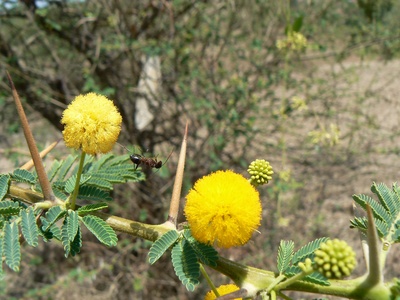
Babul (gum)
Spiny, pinnate-leaved tree with fragrant flowers and long pods, used for tannin extraction and durable wood. Common along waterways and floodplains; important for shade and livestock feed. Overuse for fuelwood threatens local populations in some areas.
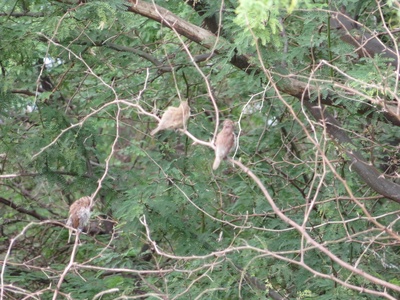
African mesquite
Hard-wooded thorny tree producing dense wood used for construction and tools. Pods and foliage feed livestock; roots improve soil. Found in dry savannas and parklands, often retained by farmers for multiple uses and soil conservation.

Sweet detar
Stout tree with dark bark and hard timber, bearing sweet-sour pods eaten fresh or processed. Grows in savanna and woodland edges; used for charcoal, timber and traditional medicine. Local importance for food security and seasonal income.
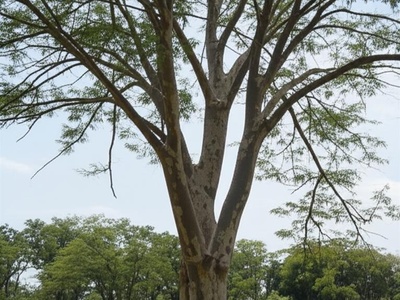
Anogeissus
Deciduous forest tree with flaky bark and winged samaras; forms part of gallery forests and riverine zones. Wood used for carpentry and fuel; bark and leaves used in traditional medicine. Faces pressure from logging and land clearance.

Afzelia
Large hardwood tree with pinnate leaves and durable reddish timber prized for furniture and flooring. Occurs in savanna and woodland; seeds and bark have medicinal uses. Overexploited for timber and classified as vulnerable in parts of its range.
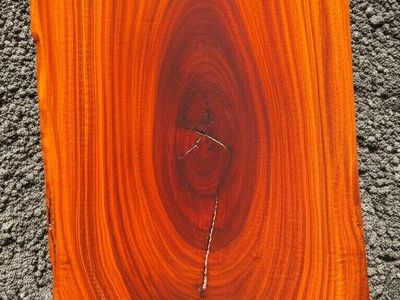
African rosewood
Medium tree with compound leaves and striking orange-red heartwood, valued as African rosewood. Grows in dry forests and savanna; used for fine carpentry and medicine. Intense logging has placed populations at risk; trade is regulated in some areas.
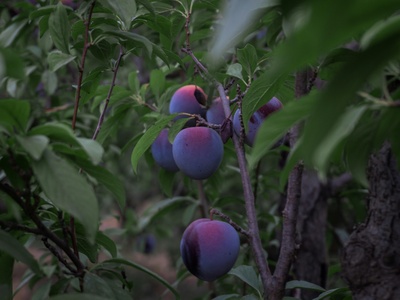
Black plum
Deciduous tree with aromatic leaves and dark, plum-like fruits eaten fresh or processed. Common in savanna parklands and disturbed areas; used for food, traditional remedies and fuel. Often protected near villages for household use and income.
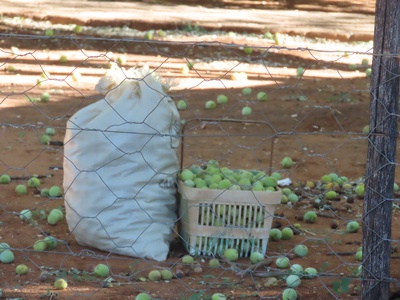
Marula
Medium tree with rough bark and compound leaves, producing sour-sweet fruits used fresh, fermented or pressed for oil. Found in woodland and parkland landscapes; important nutritionally and culturally. Local harvesting can be sustainable but habitat loss is a concern.
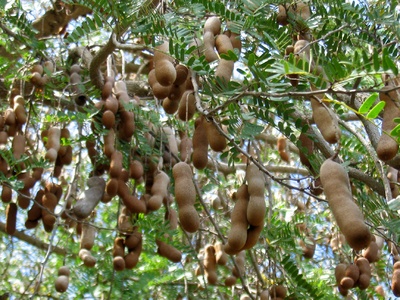
Tamarind
Long-lived tree with pinnate leaves and sticky brown pods containing tart-sweet pulp widely eaten. Common in gardens, parks and becoming naturalized in dry zones. Provides shade and traditional remedies; widely planted for fruit and shade.
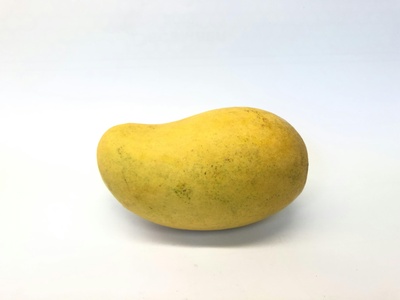
Mango
Beloved fruit tree with glossy leaves and dense canopy, producing mangoes widely eaten fresh or processed. Grows in gardens and escaped stands in southern regions; provides shade, fruit income and occasionally timber. Varied cultivars exist but feral trees persist.
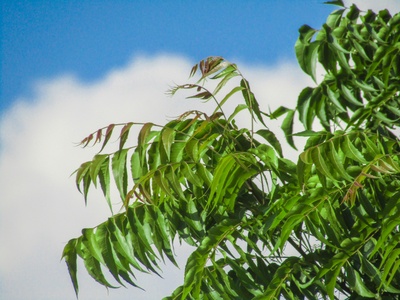
Neem
Fast-growing shade tree with pinnate leaves and bitter fruits; leaves and oil used medicinally and as natural pesticide. Common in village plantings and now often naturalized across dry zones. Useful for reforestation but can spread beyond intended plantings.

Jujube (Indian)
Spiny shrub-tree often pruned to small tree form, bearing sweet-sour jujube fruits eaten fresh or dried. Thrives in disturbed, semi-arid areas and farm borders; used for hedges, fruit and livestock fodder. Considered invasive in some localities.
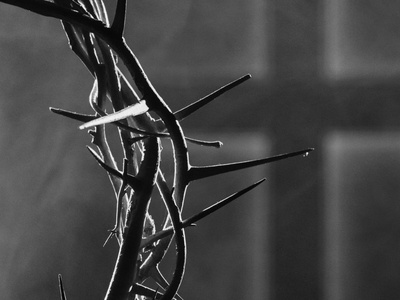
Christ’s thorn jujube
Spiny evergreen/deciduous tree with shiny leaves and small edible drupes, often growing along watercourses and in villages. Offers dense shade, fruits and medicinal bark and leaves. Tolerant of dry soils and commonly used in agroforestry.
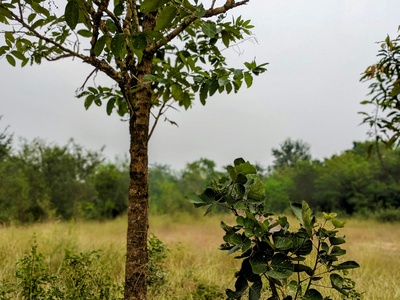
African ebony (jackalberry)
Hardwood tree with smooth grey bark and sweet edible berries loved by people and animals. Found in savannas and riverine woodlands; wood used for tool handles and timber, while fruits and bark have medicinal uses. Often preserved in parklands.
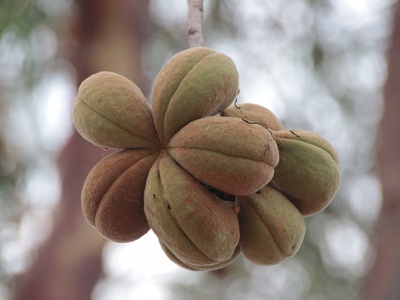
Sterculia setigera
Deciduous tree with broad crown and large pods containing seeds eaten by people or animals. Grows in dry savannas and degraded soils; bark and leaves used medicinally and pods provide fodder. Locally harvested for various traditional uses.
